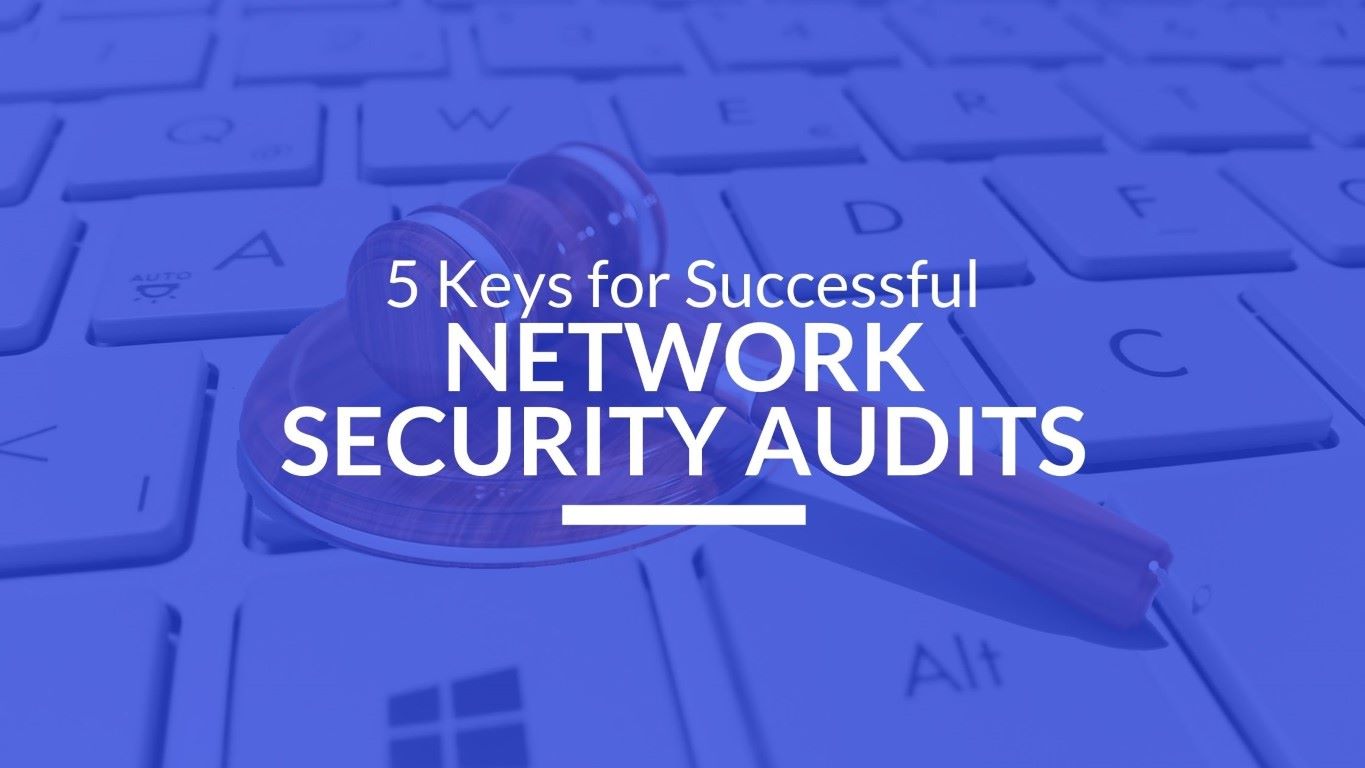It is imperative that regular IT compliance audits take place, for any organization to benefit from their networking infrastructure. An organization usually approaches a third-party vendor who is reliable enough to conduct an IT compliance audit. These reliable third-party vendors are those who provide general cybersecurity solutions and they also help in conducting IT compliance audit by testing the overall security of the network infrastructure of an organization. The way an IT compliance audit usually takes place is on a much larger scale than an internal audit. It also involves a few specialized services which include services like vulnerability assessments and penetration testing.
5 Critical Steps
1. Figuring out the desired objectives
The first step of any security audit is to figure out the goal that it wants to achieve. After the determination of the goals and objectives that the organization wants to achieve with the IT security audit, those goals are clarified to all the parties that are involved in the security audit so that the project can move in the right direction and can be completed in time. Under ideal circumstances the goals of the audit should be such that it ultimately contributes in helping the organization realize its larger goals. In this step of the security audit, the team works on figuring out the systems and the services that are in immediate requirement of an evaluation. Along with this, it is also the job of the team to determine what are the risks that can be of concern to the organization and if recovery measure after a disaster is really a concern for the firm.
2. Plans on how to conduct the Audit
After the crucial steps of outlining how the security audit will ensue, the next step is to commence the planning process – plans of how to go about conducting the IT security compliance audit. It is imperative that transparent communication is maintained with the cybersecurity experts who have been hired to conduct the security audit so that it is possible to decide upon the minute details with them. In this phase, it is decided what tools are needed for the security audit to take place smoothly. Specific roles and responsibilities should be assigned to ensure that things run smoothly and without any damaging snag during execution.
3. Performing the audit
To ensure that the audit is performed smoothly and without any interruption, it is necessary to perform the network security audit keeping in accordance with the plan and methodologies that have already be agreed upon in the previous steps of the security audit. In this step several activities pertaining to the actual security audit takes place like running vulnerability scans on resources that belong to the IT department. Resources such as database servers, file-sharing services and SaaS applications, all fall under the purview of IT departments and are all scanned to check for vulnerabilities. The ultimate objective of this step is to find out the condition of the network security, user access rights, data access levels, and various system configurations.
4. Reports of the outcome of the network audit
After the assessment of the networking infrastructure is completed entirely, reports of the outcome are published. The outcome of the security audit has to be compiled in a formal report which is then presented to the stakeholders in the management department of the concerned organization. The report that is compiled contains a list of vulnerabilities that are already existing in the system and the current issues and problems that plagues the IT system security. This report has the possibility of throwing light on certain, specific areas which are generally areas of extremely high priority and might suggest that there is need for immediate mitigation, this is followed by suitable recommendations which come from the cybersecurity experts hired for the audit.
5. Preparation for suitable action
The last and the final step is where the stakeholders of the organization review the recommendations that have been put forth in the audit report and decides upon how to go about implementing the recommendations. This step may not only include having to put remedial measure in place to bring back the networking infrastructure to a healthy state of functionality but it can also include commencement of employee training programmes regarding networking infrastructure security awareness.
Conclusion
Enforcing these critical steps will ensure organizations to have a robust and dynamic security posture in place for proactive defence. Additionally, it will also ensure strong governance, predicative visibility in a holistic cyber-security framework.
If we wish to have more information, mat write to us at info@primeinfoserv.com

